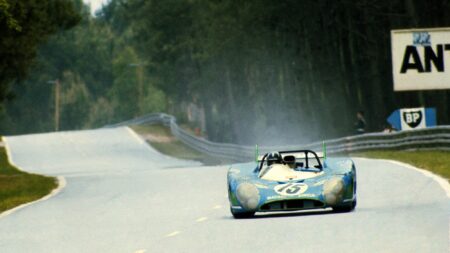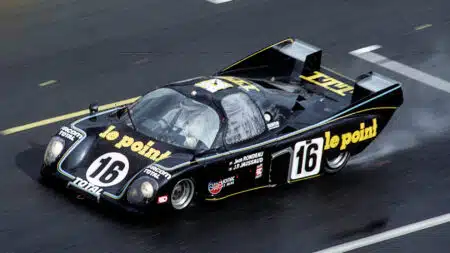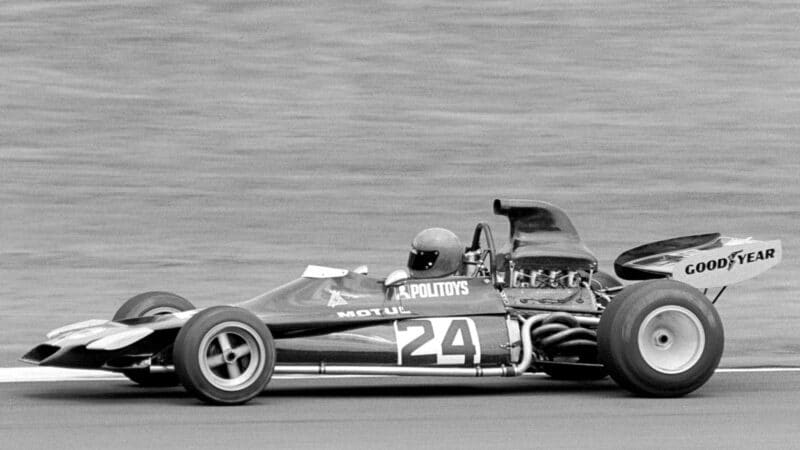“Frank was a genius at trying to find money. He was always finding new sponsors, and was really fighting very, very hard to create a good team. What was fantastic with him was that, even with no money, the team was still looking very good, and his cars were always very well prepared. He was a fantastic guy, though he was already against all the ‘Froggies’!” In 1971 Henri finished fourth at Silverstone and sixth in Austria, and qualified a respectable 10th at both the Nurburgring and Monza. This solid performance allowed Frank to push ahead with more ambitious plans for 1972. As FOCA grew stronger, it became clear that the team would earn more if it built its own cars rather than continued to run customer machinery. He hired Len Bailey, closely associated with Ford’s sports car activities, as designer, while construction of the chassis was entrusted to Maurice Gomm. Frank landed a £40,000 deal with Italian toy manufacturer Politoys, and agreed to put their name on his new car. Frank’s next job was to persuade ‘Pesca’ to stay on.
“I had a good offer from Ron Tauranac to drive for Brabham, but Frank was sure that, with this new designer and brand new car, it should be a lot better than with the March, and a lot better than joining the Brabham team. He was so insistent that in the end I re-signed for him. And that was the biggest mistake I made.” Unfortunately, the Politoys endured a long gestation period, and Pescarolo had to start the season in a well-used March 711, uprated to 721 spec. The early races brought mediocre results, and then the car was written off at Clermont-Ferrand.
“I was catching Nanni Galli and at the top of the circuit there was a very fast ess, flat out in fourth or fifth gear. He went off into the dust just as I arrived, so there was no visibility at all, and I hit the guardrail.”

Williams car managed to break in half early on in Brands lap
By now, the Politoys was nearly ready, and there was a rush to get it out for the British GP at Brands Hatch. It looked smart, and the ‘Coke bottle’ tub was reminiscent of the McLaren and Tyrrell. Ironically, Tauranac was now working with Frank as a technical consultant, having sold Brabham to Bernie Ecclestone. But even he couldn’t make up for some fundamental flaws.
“It was absolutely undriveable, very dangerous, and it was breaking all the time. It was impossible to find the right settings, impossible to drive.”
Fuel pressure and other engine problems saw Henri qualify 26th of 27. And after just eight laps of the race, he was sent off the road at Dingle Dell. Reports either blame steering failure or assume that the Frenchman had just lost it, but the real story is somewhat bizarre.





